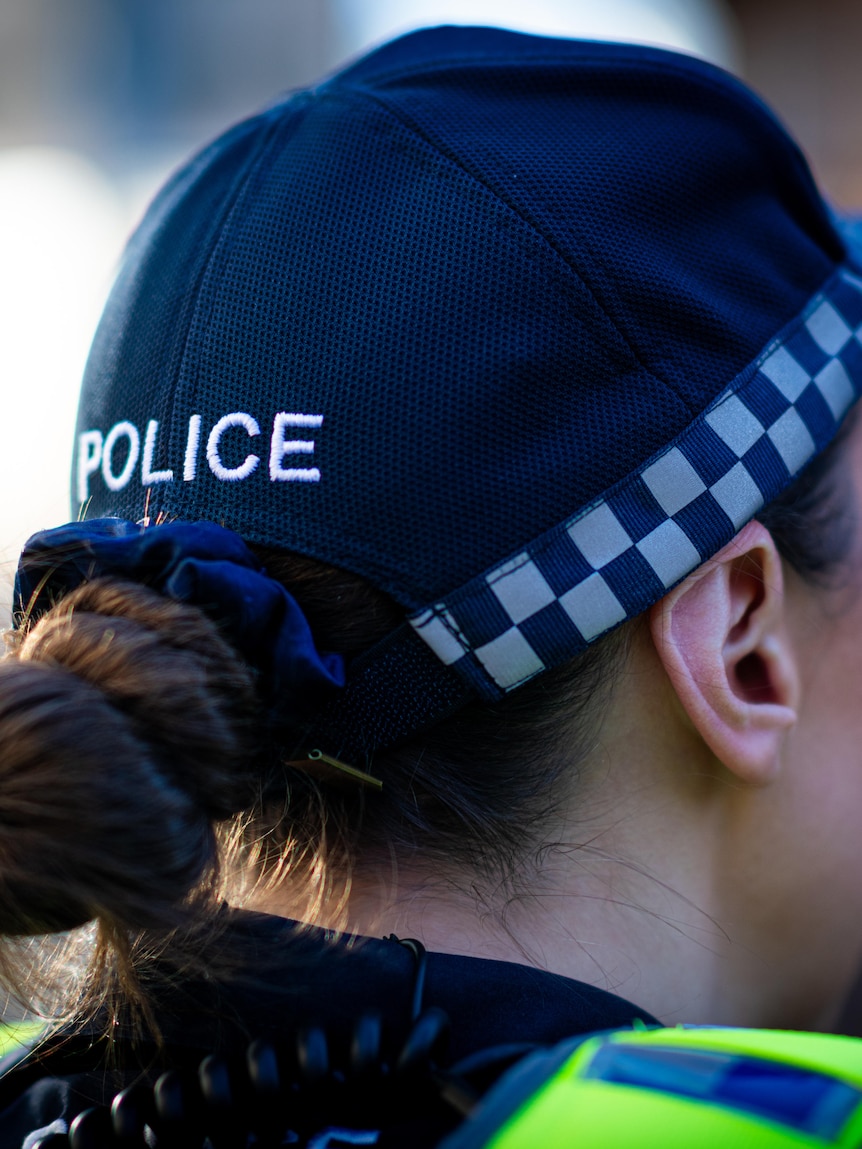Efforts to free up police officers for street duties will be ramped up in South Australia in a bid to reduce pressures on the state’s already stretched force amid its ongoing recruitment and retention challenges.
But the move, which will be achieved through what the SA government has called a new “digital police station”, has been criticised by the opposition as amounting to little more than the creation of a website.
A state budget measure to move non-urgent tasks, such as drivers reporting vehicle prangs, online will allow police currently tied up with paperwork duties to shift to the beat, Treasurer Stephen Mullighan said.
The government said the creation of its “digital police station” would take about three years and free up 47 officers by bringing in non-police staff to carry out administrative tasks and answer calls.
Mr Mullighan said the move would be complemented by other measures, at a combined cost of $36 million.
“[The] new digital police station initiative … will effectively put a whole range of services online that South Australians can only currently access by visiting a police station in person,” he said.
“This includes making vehicle collision reports, freedom of information requests, asking for national police certificates.
“Funding these new measures will release these sworn officers back out onto frontline policing duties, giving a substantial boost to a police presence out in the community right when it’s needed most.”
While welcoming the move, the police union said the investment had to be complemented by efforts to reduce the number of officers leaving the force.
“We are losing far too many officers and can hardly keep up with attrition,” Police Association of SA president Mark Carroll said in a statement.
“The police association is currently in negotiations with government for a new enterprise agreement heavily focused on retention.”
That sentiment was shared by Opposition Leader David Speirs, who said that SAPOL currently had a deficit of about 200 officers — a number consistent with the one cited by Deputy Commissioner Linda Williams a year ago.
“In other states, we see money on the table for relocation, we see HECS fees being paid off and we see different levels of pay for regional police officers to attract them into the regions. We’re not seeing any of that in South Australia,” Mr Speirs said.
“While we’ve got an announcement today from the government to spend nearly $30 million on a website to report crime, I think it would be far better to see more of that money go towards incentives to ensure that police officers are attracted to the force.
“There is rampant crime on the streets at the moment … and there just doesn’t seem to be the deterrence in place.”
Mr Speirs made the comments alongside suburban resident Jamie Bennie, whose home was recently targeted and who expressed support for the call for more police on the streets.
Mr Bennie said young home invaders forced their way into his property and stole his car while his pregnant fiancee was upstairs.
“It’s not ideal when you’re about to welcome your son into the world,” he said.
“My partner feels unsafe, she doesn’t want to live there anymore, so we will be looking to move.”
Police Minister Dan Cregan said the government was committed to recruitment, both across Australia and internationally.
“We are active in the United Kingdom, the Republic of Ireland and New Zealand, and there are more than 200 applications from international applicants,” he said.
Reduced speed limits, more red light cameras
Thursday’s state budget will also include $80 million for road safety initiatives, including the installation of new red light cameras, and reduced speed limits near schools.
The government said the speed limit would be cut to 40 kilometres per hour along “arterial roads” to force drivers to slow down when approaching school zones.
It said the measure would not replace, but complement, the existing 25kph school zones.
“We put these in to send a clear message to motorists that we need them to slow down on the roads,” Mr Mullighan said.
“It is utterly unacceptable to have motorists speeding past schools especially at pick-up and drop-off times.”
President of road safety organisation GetHomeSafe, Darren Davis, described the measure as a “no-brainer”.
“There’ll be people out there who’ll complain … [but] we need to change how drivers are using the roads — let’s change the mindset and let’s start getting to places safer rather than thinking we’ve got to get there quicker,” Mr Davis said.
SA Police inspector Mick Turnbull said speed was one of the major killers on the roads, and the protection of children was paramount.
“The data shows that if you’re reducing the speed below 60 kilometres per hour to around the 40 mark, it reduces the impact of serious injury significantly,” Inspector Turnbull said.
“In the last five years, 70 [pedestrians] have been killed on South Australian roads — five of those being children under the age of 15.”
New point-to-point and red light speed cameras will be installed at locations that the government said could include Port Wakefield, Greenhill and Military Roads, the Port River Expressway and Lonsdale Highway.
Mr Cregan said the protection of “vulnerable pedestrians” was the priority.
“All funds raised through road safety cameras … are used for safety purposes,” the minister said.




